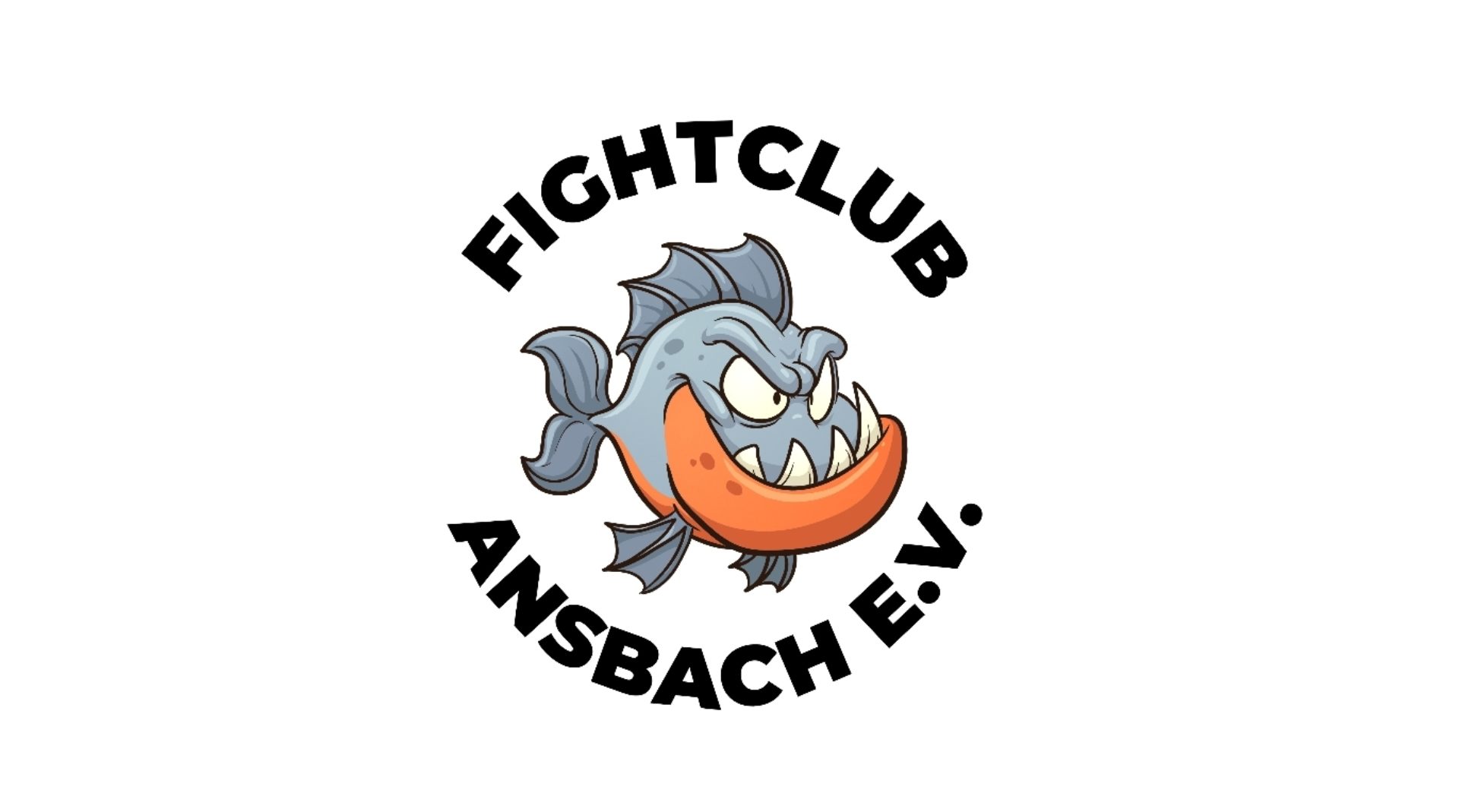Am 6. April 2025 findet das 3. Ansbacher Fightclub BJJ-Turnier in der Turnhalle des Carolinum Gymnasium in Ansbach statt. Dieses Turnier richtet sich an erfahrene Wettkämpfer sowie Turnierneulinge und bietet eine faire und spannende Plattform für alle BJJ-Begeisterten.
Das Turnier ist in verschiedene Altersklassen unterteilt: U18, Erwachsene und 35+.
Es gibt Gewichtsklassen für Männer (-69 kg, -77 kg, -85 kg, -94 kg, +94 kg) und Frauen (-63 kg, -70 kg, +70 kg) sowie Gürtelklassen für Weiß-, Blau-, Lila-/Braun-/Schwarzgurte.
Gekämpft wird nach IBJJF-Regeln, jedoch ohne Advantages. Weißgurte treten im Weißgurt-Regelwerk an, während alle anderen nach dem Schwarzgurt-Regelwerk kämpfen.
Die Kämpfe werden im Round-Robin-Format ausgetragen, sofern die Teilnehmerzahl dies zulässt, und dauern jeweils fünf Minuten. Sollte es erforderlich sein, können Gewichtsklassen zusammengelegt werden, um faire Kämpfe zu gewährleisten.
Die Teilnahmegebühr beträgt (als Frühbucher) 29 Euro. Die Anmeldung ist bis zum 31. März 2025 geöffnet, aber da die Teilnehmerzahl auf 160 begrenzt ist, empfehlen wir eine frühzeitige Registrierung. Die Anmeldung erfolgt über Smoothcomp: https://smoothcomp.com/de/event/20656
Bitte beachtet, dass das Geburtsdatum korrekt angegeben werden muss, um in die passende Altersklasse eingeteilt zu werden. Minderjährige benötigen zudem die Einverständnis ihrer Erziehungsberechtigten – diese wird bei der Anmeldung auf Smoothcomp bestätigt.
Weitere Informationen zu den Gewichtsklassen und Altersgruppen findet ihr auf der Seite für Divisionen (https://smoothcomp.com/de/event/20656/page/57141/divisionen). Antworten auf häufige Fragen, wie etwa zu den Regeln oder dem Ablauf, stehen euch ebenfalls zur Verfügung (https://smoothcomp.com/de/event/20656/page/57304/haufige-fragen).
Euer Fightclub Ansbach-Team
